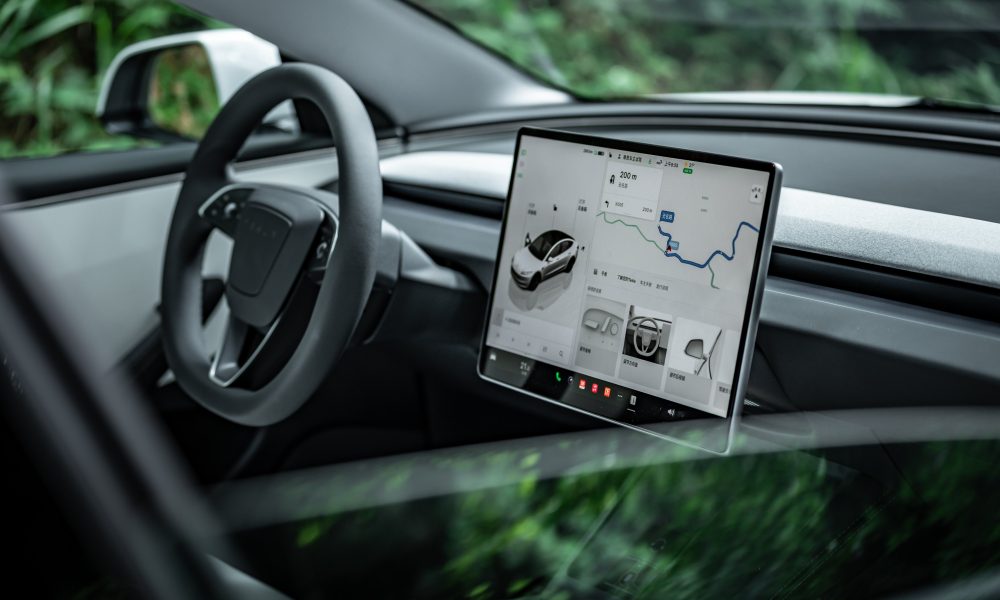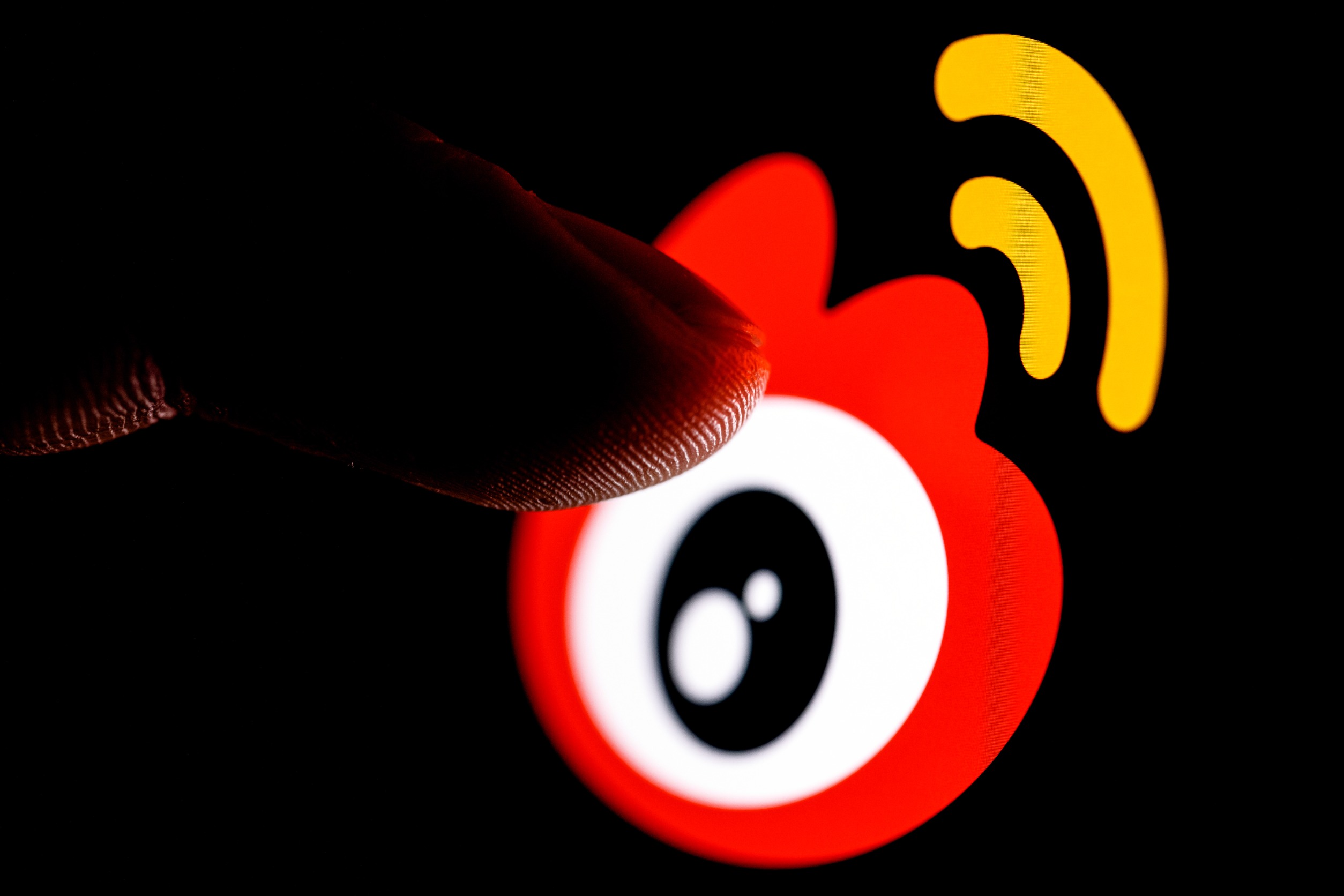In some quarters, the rise of AI has sparked the urge to invent all-new devices, which are deeply invested in that technology but which look and function differently from any products we’ve owned before.
These range from head-mounted XR devices, such as headsets and glasses, to pins, necklaces, phone accessories and whatever mystery product former Apple designer Jony Ive and OpenAI are developing in secret.
But what if, in pursuit of these new devices, we overlook the fact that the ultimate AI form factor is something we all already own? It could even be that the best way to deploy AI is through tech that dates back to the 19th century.
I’m talking about headphones.
There hasn’t been a lack of evolution in personal audio over the years, but integrating AI into headphones is giving them a new lease on life, says Dino Bekis, vice president of wearables at chipmaker Qualcomm. We’re starting to see this with devices like Apple’s new AirPods Pro 3.
Don’t miss any of our unbiased tech content and lab-based reviews. Add as a preferred Google source.
The impact of AI on headphones will be twofold, says Bekis. First, it will build on improvements we’ve already seen, such as the ability to easily switch among active noise cancellation, transparency and other listening modes.
Instead of that being something we need to control manually, the headphones themselves will increasingly handle it all dynamically. Sensors on board, layered with AI, become more adept at reading and understanding our immediate surroundings.
Bekis says that maybe your headphones could alert you to someone trying to get your attention by recognizing your name being called, even if you’re listening to music with ANC enabled. If you’re on a call, walking along a busy street, they could alert you to traffic dangers, sirens or someone who might be walking close behind you.
But where he really sees AI headphones coming into their own is in the interactions you’ll have with AI agents. These personal assistant-like versions of artificial intelligence will operate autonomously with our devices and services on our behalf.
There’s no more “natural way” than conversation to interact with them, he says, and the high-quality mics and speakers in your headphones will allow for clear and effective communication.
“Earbuds or headphones are really yesterday’s technology that’s suddenly been reinvented and is becoming the primary way we’re going to be interfacing with agents moving forward,” says Bekis.
Headphone-makers, meet AI
Not all headphones are on the verge of transforming into wearable AI assistants, and the situation is not the same across the board. Many legacy headphone companies are “entrenched in their core focus of audio quality and audio file capability,” says Bekis.
At the same time, Bekis says Harman-owned high-end audio brand Mark Levinson is one headphone maker Qualcomm is working with on integrating AI into its products. And smartphone manufacturers who also have audio products in their lineup are at the forefront of the charge.
You only need to look at the new capabilities that Samsung, Google and Apple have bolstered their headphones with over the past few years. In addition to adaptive audio, the companies are starting to add AI-specific features. Google’s Pixel Buds 2 are engineered not just as an audio device but as hardware with the company’s Gemini AI assistant at the core (you could say “Hey, Google” to activate Gemini and ask it to summarize your emails, for example).
Apple’s AirPods Pro 3 come with new AI-powered live translation.
In September, Apple introduced AI-powered live translation with the AirPods Pro 3. The AirPods will parse what someone is saying to you and play it in your chosen language in your ear. They will also pick up your speech and translate it so that you can show the other person a transcript in their language on your phone screen.
Apple also seems to be searching for ways to further tap the AI potential of its headphones range. A report from Bloomberg earlier this month suggested that the company might introduce AI-powered infrared cameras with the next version of the AirPods Pro, which could be activated by and respond to gestures.
It’s clear that smartphone-makers can see the potential in headphones to be more than just audio products, in the same way they once recognized that the phone could be more than simply a device for making calls. They might even turn headphones and earbuds into what I think could be the ultimate AI wearable.
Why headphones?
The biggest argument for headphones over other emerging AI-focused wearable tech is their popularity: Who doesn’t own at least one pair? (My feeling is that everyone should own at least three different styles, each with its own strengths.) It’s just not the same with glasses or watches.
Yes, they are common and familiar, but the likelihood is that if you don’t already wear them regularly, the addition of AI is unlikely to persuade you. Glasses, in particular, have drawbacks, including battery life. There’s also the difficulty of combining the tech with prescription lenses and privacy concerns due to the addition of cameras.
After well over a decade of effort, tech companies are also still struggling to make smart glasses as sleek and comfortable to wear as their non-smart counterparts (the Meta Ray-Bans perhaps being the one exception to the rule here).
Smartwatches and fitness bands, meanwhile, have become more comfortable, but many people still find them cumbersome for sleeping. The sensors in them are too far away from our faces, where we receive the majority of our sensory inputs, to comprehend the world around us with forensic detail. They cannot relay sensory feedback to us without us having to look at a screen. The same is true for rings and other smart jewelry.
There are no devices that rival headphones, and earbuds in particular, for sheer proximity to a major sensory organ capable of both inputting and outputting complex sensory data. They have been and remain discreet, easy to take on and off, and not overly power hungry or demanding when it comes to charging frequency.
“Critically, there’s the social acceptance level of this as well, where, ultimately, headphones have become incredibly commonplace,” says CCS Insight Analyst Leo Gebbie.
They don’t insert a noticeable barrier between you and the world you’re experiencing. Plus, even when they’re obvious, they don’t tend to put people on edge over concerns you could be capturing their image, and you don’t need to learn how to use them, Gebbie says.
“Contrast that with something like smart glasses, where I think there is a whole new set of user behaviors that would need to be learned in terms of exactly how to interact with that device,” he says. “Also, there’s kind of a social contract, which, for me, at least with smart glasses, has always been one of the biggest stumbling blocks.”
I remain unconvinced that smart glasses are an inevitable part of my future.
What’s more, headphones have been getting gradually smarter all this time without most of us even noticing.
This invisible evolution is the closest tangible expression I’ve seen of the widespread belief among tech leaders that AI should be a subtle, ambient force that permeates our lives as inconspicuously as possible.
Headphones are an established product that shows consistent growth, making them the safest bet for companies that want as many people as possible to engage with AI through wearable tech.
Multiple forecasts, including from SNS Insider and Mordor Intelligence, estimate the global market for headphones will grow to over $100 billion by the early 2030s. By contrast, Mordor forecasts the smart glasses market will grow to $18.4 billion in the same period, one of the higher estimates I found.
Companies are always searching out new revenue streams, hence their determination to explore new kinds of AI devices, says Gebbie. But, he adds, “headphones definitely feel like a safer bet, because it’s a form factor that people are familiar with.”
It may well be the case that no single wearable device will define our coexistence with AI, and if there is, it will be a device of our choosing.
But rather than reinvent the wheel, I strongly suspect the companies embracing the potential of headphones will see these formerly audio-focused devices fly in the age of AI. And perhaps it’s just personal preference, but I’m on board.










